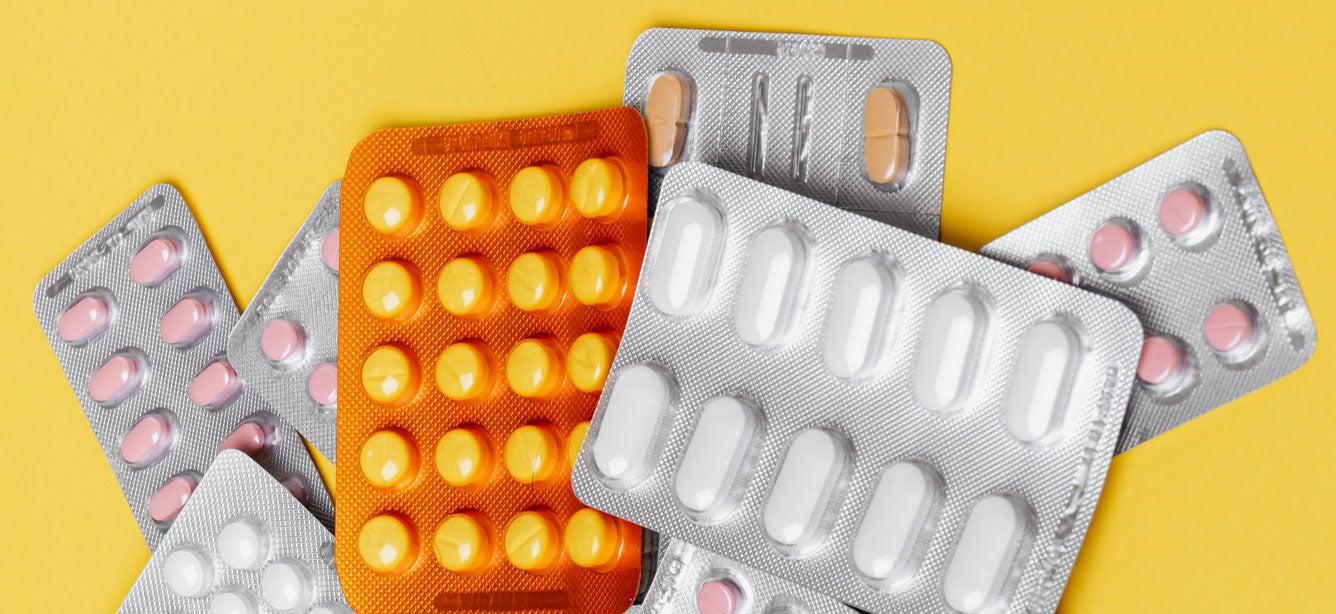
Related Topics
Do you receive Medicare benefits and have limited income and assets? If so, you may qualify for “Extra Help” with the costs of your prescription drugs. The Extra Help program is also known as the Part D Low Income Subsidy (LIS). The Social Security Administration (SSA) and Centers for Medicare & Medicaid Services (CMS) work together to provide this important benefit.
Who qualifies for LIS/Extra Help?
Some people get Part D Extra Help automatically. These include:
- People who are enrolled in both Medicaid and Medicare (“dual eligible”)
- Those receiving Supplemental Security Income (SSI)
- Those who qualify for a Medicare Savings Program
If you receive benefits from these programs, you do not need to apply for Extra Help—since you’ll be enrolled automatically. But you may still wish to talk to a benefits counselor for help deciding on the best Part D plan for your situation.
If you are not already enrolled in the benefits programs noted above, you must apply to Social Security to receive Extra Help. Learn more about eligibility requirements here.
What are the benefits of LIS/Extra Help?
In 2024, eligibility for the full Extra Help benefit was expanded to people with up to 150% of the Federal Poverty Level (FPL), and the partial subsidy was eliminated.
As of 2025, most people who qualify for Extra Help will pay:
- No premiums for their drug plan
- No deductibles
- No more than $12.15 for each brand-name drug the plan covers and $4.90 for generic (Note: If you also have full Medicaid coverage adn are enrolled in the Qualified Medicare Beneficiary (QMB) Medicare Savings Program, you'll pay no more than $4.80 for each covered prescription drug.)
In addition to lower out-of-pocket costs, Extra Help also offers the following protections:
- You can join or switch Medicare Part D drug plans during a Special Enrollment Period that takes place every three months from January - September and once during the annual Open Enrollment Period. This means you don't have to wait for Open Enrollment (Oct. 15 – Dec. 7) to change plans. Any plan changes made outside the Open Enrollment Period will become valid the following month. This is especially helpful if you need to start medications that are not on your current plan’s formulary (approved drug list).
- There is no Part D late enrollment penalty, even if you enroll late (that is, after you were first eligible to join a Part D plan and did not have other drug coverage).
How the LINET program offers temporary Part D coverage
The Limited Income Newly Eligible Transition (LINET) program provides immediate but temporary Part D prescription drug coverage for low-income Medicare enrollees who qualify for LIS/Extra Help but have no prescription drug coverage. This benefit is available for up to two months until a person enrolls in a Medicare drug plan.
People who receive both Medicare and Medicaid benefits ("dual eligibles") are automatically enrolled in LINET. If you're not dual-eligible but think you may qualify for LINET, ask your pharmacist.
How do I apply for Medicare Part D LIS/Extra Help?
If you think you or someone you know may be eligible for Extra Help, here's where to start:
- NCOA's BenefitsCheckUp® has a direct link to submit an Extra Help application to the Social Security Administration. You can also browse benefits that can help you pay for your health care and prescription costs (and more!).
- Your local State Health Insurance Assistance Programs (SHIPs). SHIPs provide free, impartial advice to people with Medicare and their families. SHIPs also can help with applications for Extra Help and the Medicare Savings Programs (MSPs). To find your local SHIP, call toll-free 1-877-839-2675 or visit the SHIP website.
- If you have Medicare, you can also apply for Extra Help directly through the Social Security Administration.
Get trustworthy Medicare advice
NCOA partners with licensed Medicare brokers who can help you explore your Medicare options and find the plan(s) that is right for you. These experts are here to offer no-pressure guidance in making coverage choices that best fit your health care needs and budget. Learn more.



